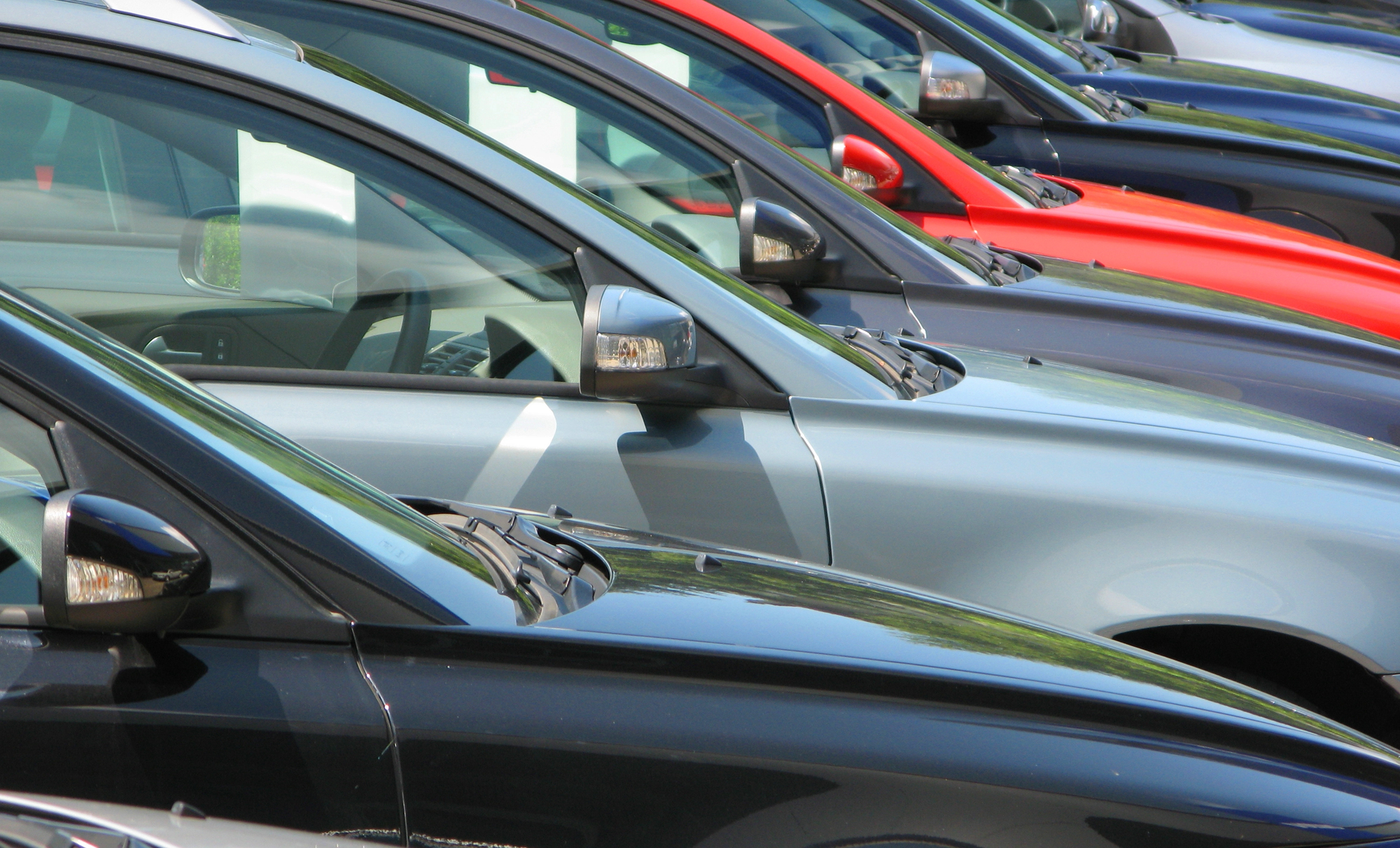If you’ve been thinking about buying a used car, you might want to act fast. Prices are on the rise again, and this time, it’s not just the usual spring bounce.
Big Jump in Used Car Prices
In April, wholesale prices for used vehicles shot up to levels not seen since late 2023. According to Cox Automotive, its Manheim Used Vehicle Value Index rose nearly 5% compared to a year ago. Month-to-month, it climbed 2.7%, far above the usual 0.2% change.
That’s not normal.
Jeremy Robb, a senior director at Cox Automotive, said, “The ‘spring bounce’ normally ends the second week of April, but this year, wholesale appreciation trends continued for the entire month and were much stronger than we typically observe.”
One reason? Buyers rushed to get vehicles ahead of expected price hikes tied to new auto tariffs. These 25% tariffs target imported vehicles and many parts. While they don’t apply to used cars directly, they push up new car prices, which trickles down to the used market.
Why It Matters
Most Americans buy used cars, not new ones. So when used prices go up, wallets feel it.
Retail prices usually follow wholesale trends. That means even if you’re shopping at a dealership or online, the cost of a used vehicle is likely climbing. In fact, Cox reports that the average retail listing price for a used car has gone up 2% in just four weeks, now topping $25,000. That’s still far below the $48,000 average for a new vehicle, but the gap is tightening.
April retail sales dipped slightly from March, down 1.7%, but they were still up 13% year over year. That suggests people are buying while they still can, perhaps fearing prices will go higher.
Pandemic Prices Still Lingering
Used car prices exploded during the pandemic due to shortages and high demand. While things calmed a bit in early 2024, we’re still not back to pre-pandemic norms.
Cox had predicted some stabilization this year. But with new uncertainty from tariffs, we could see another round of volatility.
What You Can Do
If you’re in the market, do your homework. Compare prices, act quickly when you see a good deal, and consider vehicles with lower demand to stretch your dollar.
Waiting could mean paying more.
Related: 10 Car Myths That Mechanics Wish You’d Stop Believing


